Since 2023, through the use of camera traps, the Sao La Conservation Area (Thua Thien Hue) has recorded the presence of 39 animal species, many of which are critically endangered and rare.
The Sao La Conservation Area is located in the southwest of Thua Thien Hue province, covering an area of 15,303.39 hectares, including the remaining natural primary forest of the Central Truong Son region.
With over 90% forest cover, the Sao La Conservation Area is recognized as one of the most biologically diverse regions in the area and is home to the Sao La—one of the rarest large mammals, classified as critically endangered.
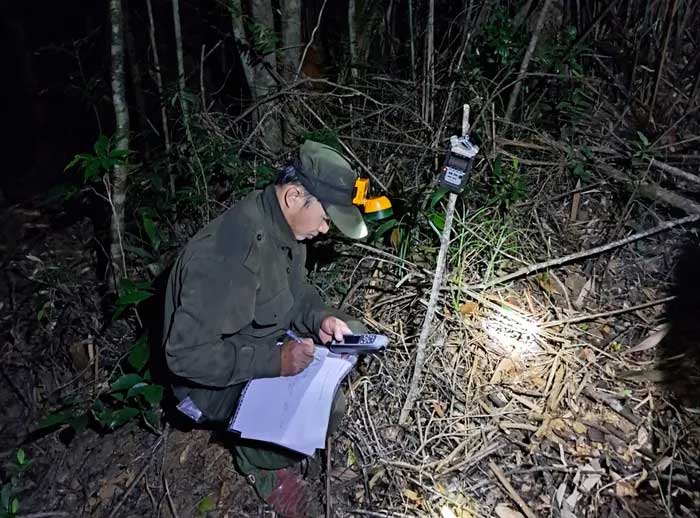
Rangers from the Sao La Conservation Area recording the calls of Gibbons to determine the number of troops and the ratio of males to females, which aids in monitoring and conservation planning.
The Sao La Conservation Area is currently a “common home” for many rare animal and plant species. Specifically, 42 mammal species, 84 amphibian and reptile species, 139 bird species, 54 fish species… have been recorded here, many of which are listed in Vietnam’s Red Book and the IUCN Red List, along with 1,114 plant species.
From 2023 to present, the Sao La Conservation Area has conducted 4 rounds of camera trapping at 153 locations with a total of 446 camera traps. This has led to the documentation of 39 animal species, including 2 critically endangered species, 1 endangered species, and 4 vulnerable species according to the 2024 World Red List.
Rare animal species recorded include Truong Son Muntjac, Goat, Spotted Pheasant, Java Pangolin, Small-clawed Otter, Goat, Pig-tailed Macaque, Red-faced Macaque, Brown-legged Langur…
Here are some images of rare species at the Sao La Conservation Area:
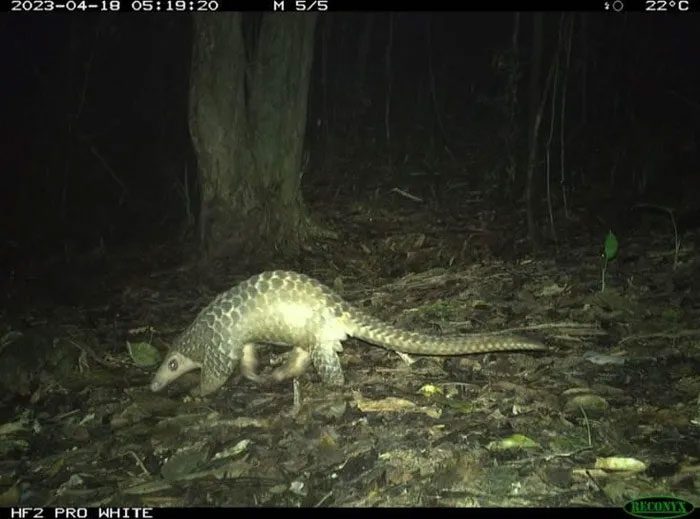
Pangolin.
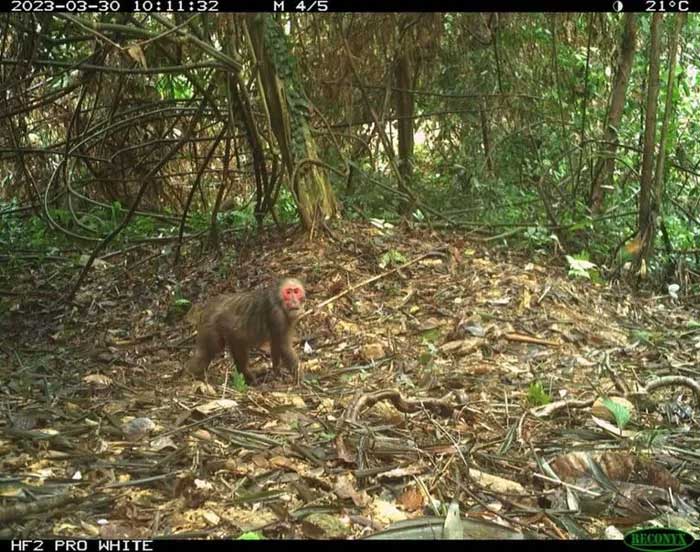
Red-faced Macaque.
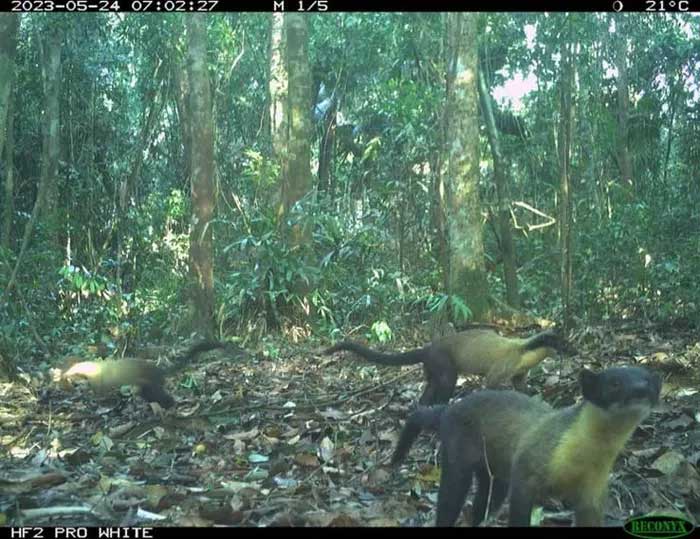
Golden Mongoose.
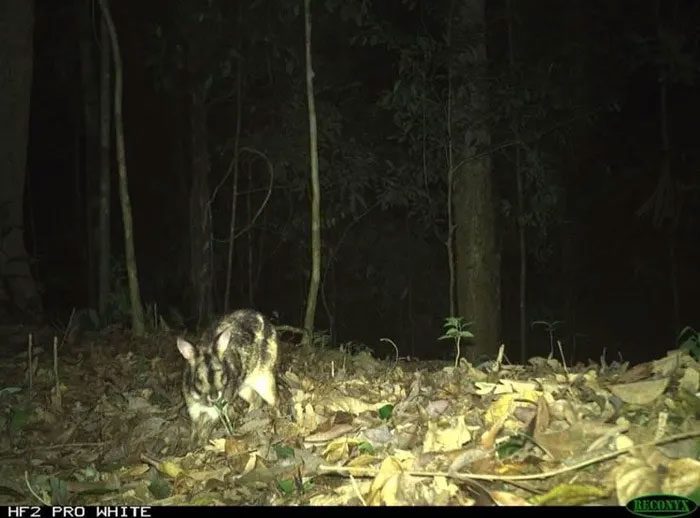
Truong Son Stripe Rabbit.
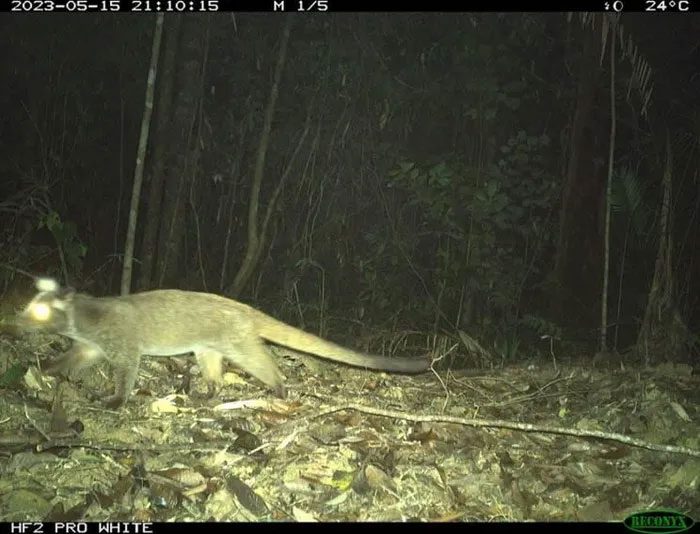
Mottled Civet.
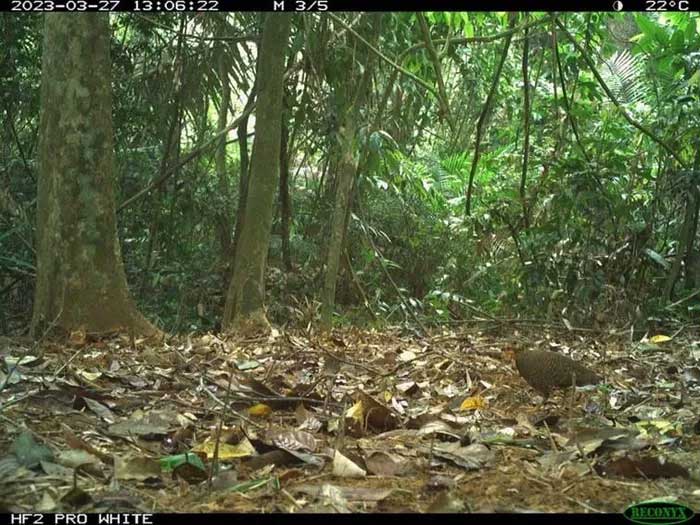
Black-breasted Hill Pheasant.
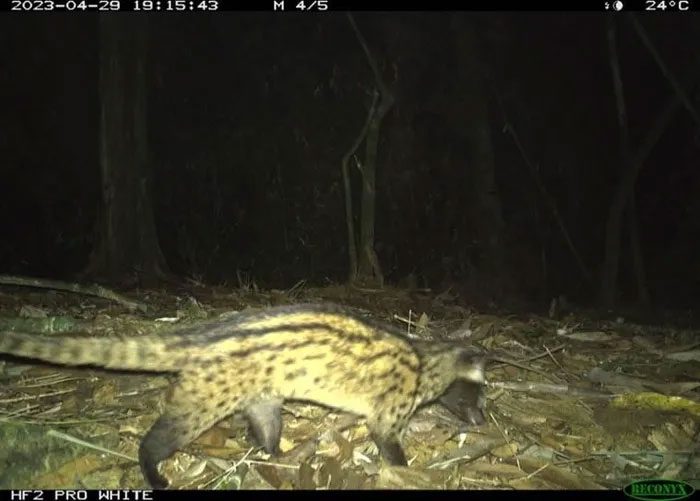
Common Palm Civet.
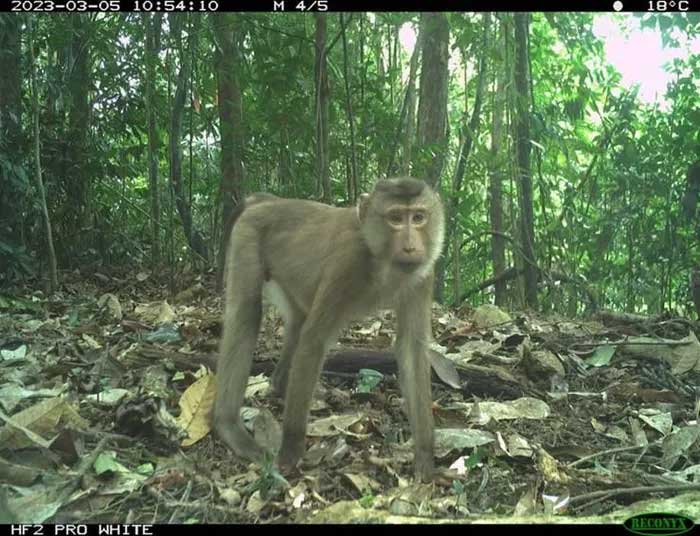
Pig-tailed Macaque.

Common Muntjac.

Goat.

Muntjac.

Porcupine.
Mr. Nguyen Thanh, Director of the Sao La Conservation Area, stated that the unit continues to apply information technology in patrolling, monitoring biodiversity, and tracking forest changes to promptly detect and prevent illegal logging activities. In particular, they are using Wildlife Insights tools to manage and analyze camera trap data for biodiversity monitoring.
“We will carry out camera trapping activities to record the presence of the Sao La and other wildlife species. Additionally, we will record Gibbon calls to determine troop sizes and the number of males and females, which will help us in future monitoring and conservation efforts,” said Mr. Thanh.
The leadership of the Sao La Conservation Area mentioned that through livelihood support programs for residents in neighboring communes, stable job creation will help reduce the impact on the forest.


















































